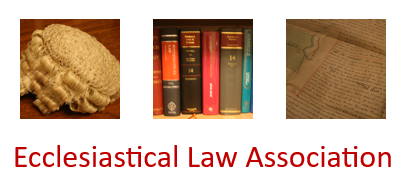The Parochial Church Council (PCC) petitioned to remove the remaining century-old pews from the Grade II listed church to create flexible seating for wider community use. The proposal included replacing pews in the nave with heavy wooden chairs and adding 100 lightweight, stackable chairs for occasional use. Timber from some pews would be repurposed into a screen concealing stored chairs. The scheme also sought to relocate the fifteenth-century font from the southeast corner to a position opposite the main entrance, restoring its traditional symbolic placement. Three individuals objected, arguing that removing pews would damage the church’s character and waste funds. Because the proposed upholstered seating contravened ChurchCare Guidance, the Chancellor referred the matter to the Church Buildings Council (CBC), which supported flexible seating but warned against upholstery. The petitioners justified the upholstery choice on practical and aesthetic grounds. Applying the principles from Re St Alkmund, Duffield [2012], the Chancellor found no harm to the church’s historical or architectural significance. The upholstery concerns were satisfactorily addressed, and the font move was reversible. Accordingly, the Chancellor granted the faculty as requested.

